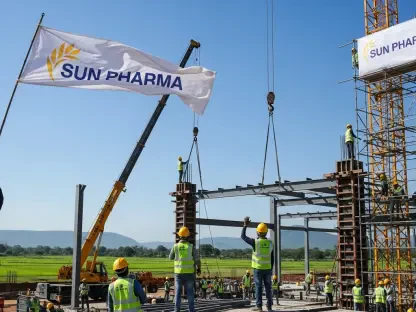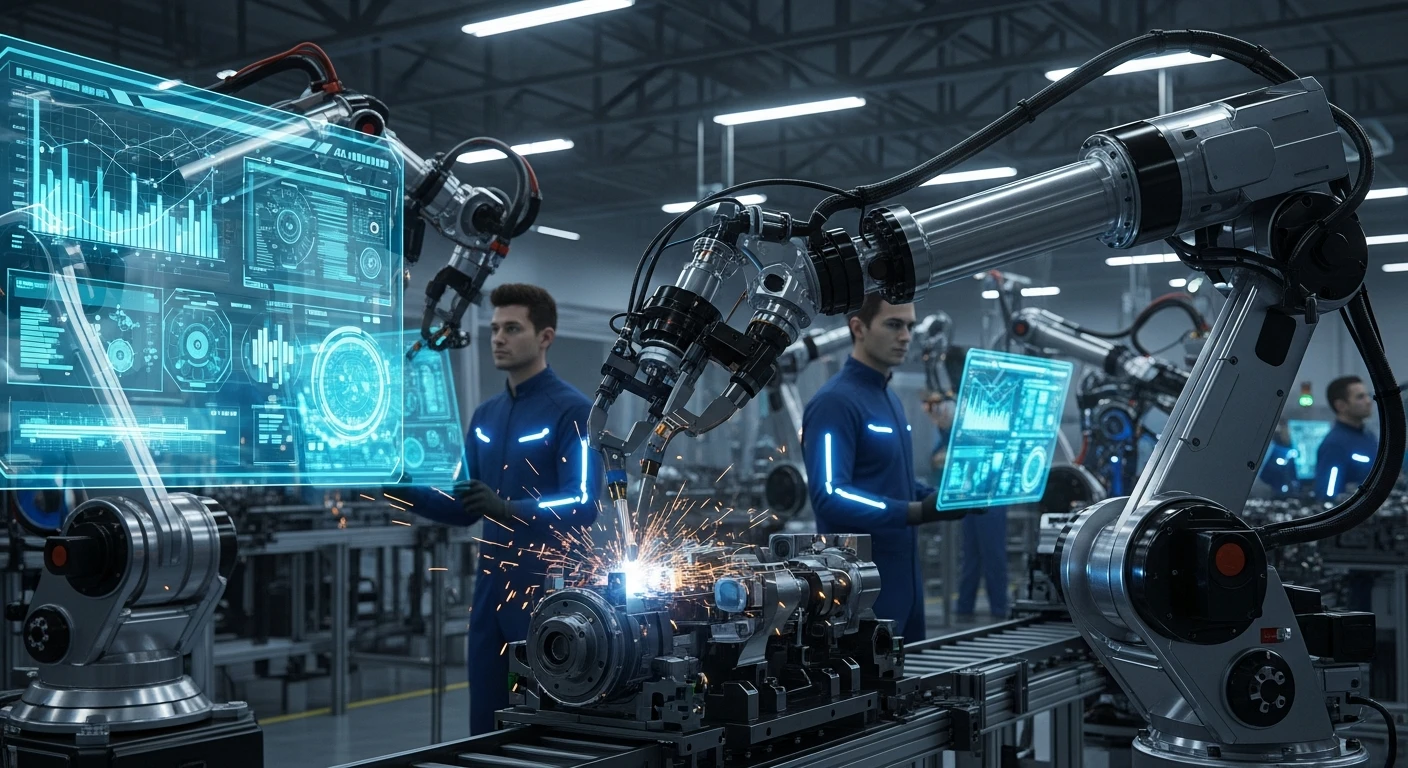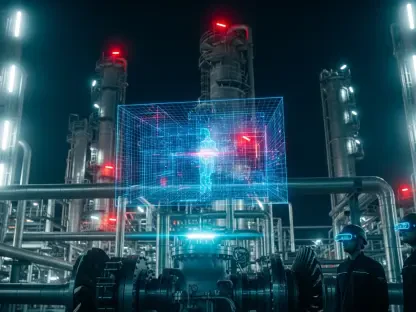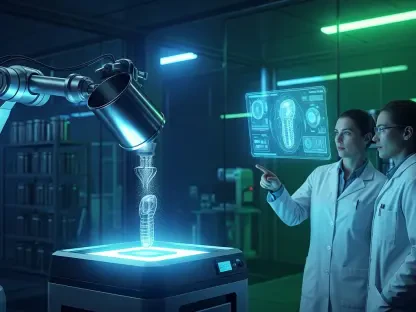Recent advancements in 3D printing have opened an exciting frontier in space exploration, specifically in the development of thermal management solutions. Collaboration between industry leaders and academic institutions has paved the way for groundbreaking research, especially in crafting shape memory alloy radiators through additive manufacturing (AM). This innovative approach leverages 3D Systems’ expertise in direct metal printing (DMP) to produce radiators that significantly outshine traditional counterparts. While addressing thermal efficiency and weight constraints, these advancements promise to enhance the performance and feasibility of long-term space missions.
Collaborative Efforts in Additive Manufacturing
Exploring Advanced Thermal Technologies
Within a NASA-sponsored initiative, an impressive alliance has emerged between industry and academia, highlighting the strides taken in thermal management technologies. 3D Systems, in conjunction with Penn State and Arizona State University, stands at the forefront of this venture, focusing on utilizing additive manufacturing processes. A pivotal achievement has been the production of titanium radiators, designed to include high-temperature passive heat pipes. These components are not only lighter but also operate efficiently at elevated temperatures. This collaboration exemplifies a paradigm shift in designing solutions optimized for the rigorous demands of the space environment.
The genesis of this undertaking lies in the aerospace engineering ethos, combined with an innovative flair from the realm of additive manufacturing. Researchers have honed methods to construct full-function radiators in a single 3D printing process. The ingenuity extends beyond weight reduction; it encompasses the meticulous integration of titanium and nitinol materials. These synergize to create robust structures that boast thermal efficiencies vital for the successful deployment of satellite and CubeSat technologies. This novel creation acts as a catalyst, propelling forward the boundaries of manufacturing efficiencies and thermal management capabilities.
Nitinol and Titanium: A Winning Combination
A significant breakthrough within this research arena is the development of components using nitinol, a shape memory alloy known for its unique properties. As a cornerstone of the innovative SMA radiator, nitinol reacts upon heating, driving significant structural transformations. Penn State’s contribution to creating a process that harnesses nickel titanium’s potential has been instrumental in this research. These advancements have led to radiators that perform with marked superiority compared to existing models, showing potential deployment-to-stowed area ratios reaching up to six times that of conventional radiators.
With an operating efficiency at temperatures around 230°C, these radiators embody an exemplary fusion of material science and engineering prowess. Their reduced weight, at 50% less than traditional radiators, primes them for broad utility in the evolving landscape of space technology. Such progress is crucial not only for space travel but also for terrestrial applications where weight and heat management are critical. As manufacturing methods evolve alongside these technological breakthroughs, the opportunities presented grow exponentially, heralding a new era in aerospace components’ design and functionality.
R&D Partnerships and Future Prospects
The Unfolding Impacts of Collaborative Innovation
The symbiotic relationship between 3D Systems and Penn State reflects a concerted push to expand the potential of additive manufacturing. By marrying rigorous research with practical applications, these entities are redefining the technological canvas for space exploration. Mike Shepard, representing 3D Systems, underscores the broader implications of these advances; DMP technology offers widespread applicative opportunities across diverse sectors such as automotive and AI data centers. Such cross-sector benefits illustrate the versatile nature of 3D printed technologies and their profound influence on future engineering solutions.
This partnership signifies more than an academic exercise; it positions 3D printing at the heart of industrial solutions for complex thermal challenges. The cooperative pursuit of excellence in 3D printed radiators showcases a template for future collaborations aimed at overcoming limitations posed by extreme environments. As these strategies grow more sophisticated, they hold the promise of inspiring further advancements, not only in space but across a multitude of high-stakes industries.
Envisioning the Future of Space-Based Components
The excitement surrounding these innovations hints at a broader trend toward incorporating advanced 3D printing techniques into the aerospace sector. The research collaboration illuminates how marrying thermal management technology with the precision of AM can revolutionize standard practices. Industries are observing how these advancements shift the paradigm, delivering efficiencies and enhancements that were previously unattainable. This partnership serves as an illustrative case, spotlighting how cutting-edge technology and academic expertise combine to solve real-world challenges, particularly within the aerospace domain.
Reflecting on these developments, it’s essential to recognize that the implications extend beyond current applications. As technology progresses, the concepts derived from this research could inspire new industries or redefine existing ones. This ongoing trend of integrating AM technologies with sector-specific demands will likely propel further innovations, opening new paths for exploration, both on our planet and beyond. The horizon for these developments shines bright with potential, promising to reshape the future of engineering and design in diverse applications.
Anticipating Transformative Changes in Aerospace
The world of 3D printing is continually evolving and has recently unlocked new potential in space exploration, specifically in improving thermal management solutions. A partnership between leading companies in the industry and academic institutions has ushered in groundbreaking research aimed at developing shape memory alloy radiators via additive manufacturing (AM). This pioneering method makes use of the expertise of 3D Systems in direct metal printing (DMP) to create radiators that surpass traditional models in effectiveness. These advancements in technology focus on optimizing thermal efficiency while contending with weight limitations, which, in turn, present more promising options for long-term space missions. By offering improved performance and feasibility, these innovations are seen as instrumental in advancing space exploration to previously unimagined heights, paving the way for deeper and more enduring ventures into space. As technology continues to evolve, the potential for enhanced tools in space exploration remains an exciting and inspiring prospect.









